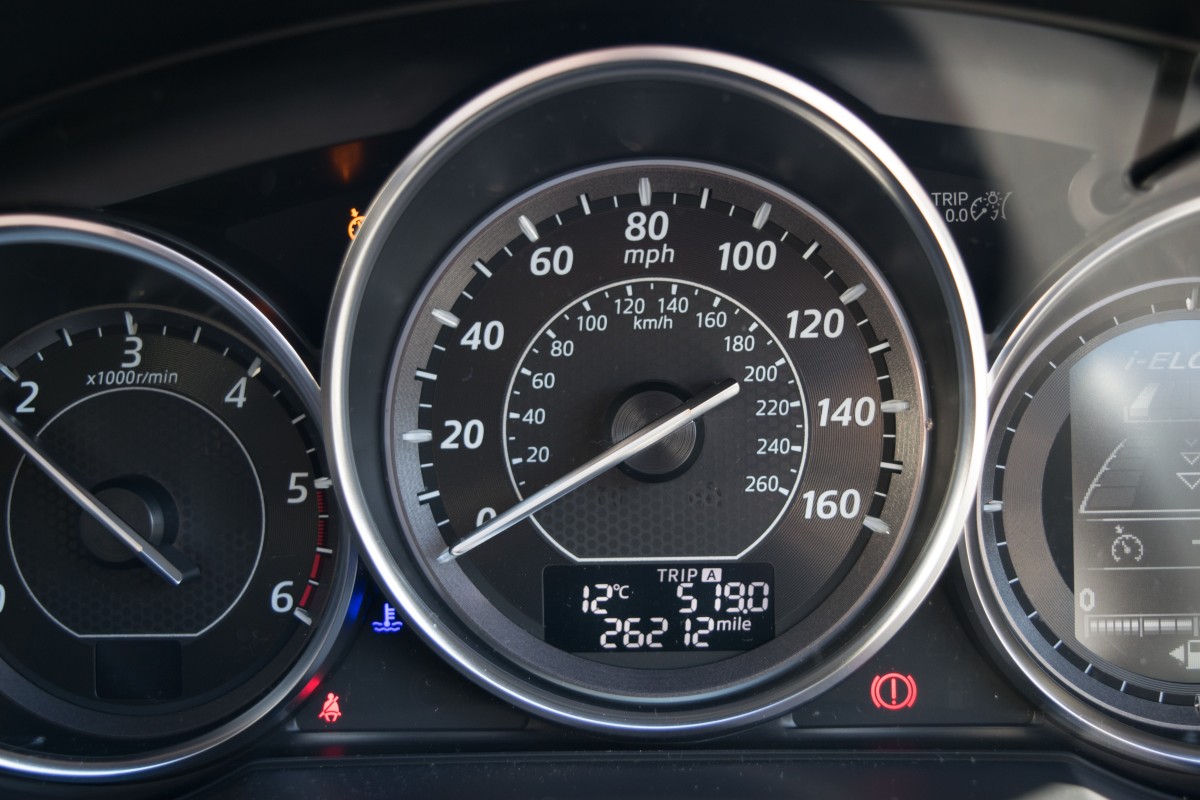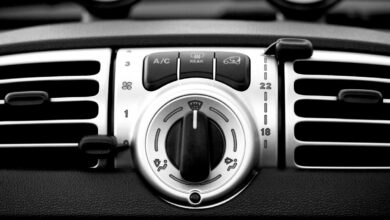Engine Tech: Maximizing Power, Efficiency, and Dynamics

The enduring quest for speed, power, and fuel efficiency has perpetually defined the competitive landscape of the automotive industry since its inception over a century ago. The internal combustion engine (ICE), the foundational technology that drove global transportation, has undergone relentless, intricate engineering refinement, pushing the boundaries of thermal efficiency and mechanical output to their absolute limits.
However, this established era is rapidly converging with a profound, irreversible technological transformation driven by electrification. The contemporary focus has shifted. It moves from maximizing horsepower through sheer displacement to optimizing power delivery, instant torque, and superior energy management through hybrid and specialized systems.
Performance and Engine Technology is the indispensable, specialized engineering discipline dedicated entirely to mastering this complex evolution. It analyzes the intricate mechanics of traditional powertrains alongside the dynamic, high-torque capabilities of electric motors.
Understanding the core principles, the strategic role of forced induction, the mechanics of hybrid synergy, and the continuous pursuit of greater thermal efficiency is absolutely non-negotiable. This knowledge is the key to comprehending the engine that drives modern vehicle design, dictating both performance on the road and compliance with stringent global environmental standards.
The Indispensable Logic of Power Optimization
The core objective of engine technology is the conversion of chemical energy (fuel) into usable mechanical energy (power and torque) with the highest possible efficiency. The traditional ICE is inherently limited. It converts less than 40% of the fuel’s energy into motion, with the rest lost as waste heat. Modern engineering seeks to dramatically minimize this energy waste. This efficiency is the ultimate measure of technological superiority.
Performance is defined not just by top speed. It is defined by the quality and speed of power delivery. Features like instant torque and seamless power band availability define the modern driving experience. The driver demands quick, predictable responsiveness from the vehicle.
The contemporary landscape mandates that power optimization be achieved alongside strict environmental compliance. Stricter global regulations on carbon emissions and fuel economy force engineers to reduce engine size (downsizing) while maintaining or increasing power output. This dual pressure drives relentless innovation in areas like forced induction and hybrid integration.
The strategic imperative for automakers is clear. Developing powertrain technology that delivers exceptional performance while meeting these stringent environmental targets is the non-negotiable key to long-term market viability. Failure to achieve this balance results in severe penalties and competitive obsolescence.
Internal Combustion Engine (ICE) Advancements

Despite the rapid shift toward electrification, the Internal Combustion Engine (ICE) continues to evolve through intricate, minute mechanical and chemical advancements. These refinements aim to push the theoretical limits of thermal efficiency and optimize power output from smaller displacements. ICE engineering is far from static.
A. Forced Induction (Turbocharging)
Forced Induction, primarily via turbocharging, is the most critical advancement in modern ICE design. A turbocharger uses the engine’s exhaust gases to spin a turbine. This turbine forces compressed air into the combustion chamber. Compressing the air allows more oxygen to enter the cylinder. This enables the engine to burn more fuel and generate substantially more power from a smaller engine size (downsizing). Turbocharging improves power density and efficiency.
B. Direct Fuel Injection (GDI)
Direct Fuel Injection (GDI) systems inject fuel at very high pressures directly into the combustion chamber. This provides precise, meticulous control over the fuel-air mixture. GDI is superior to older port injection systems. It improves fuel economy, reduces harmful emissions, and increases the engine’s overall thermal efficiency. GDI technology is mandatory for nearly all high-performance and modern efficiency engines.
C. Variable Valve Timing and Lift
Variable Valve Timing (VVT) and Variable Valve Lift technologies allow the engine’s timing and extent of air intake/exhaust to be continuously adjusted in real-time. This dynamic adjustment is based on the engine’s current operating speed and load. Optimizing valve events enhances power and fuel efficiency across the entire operating range. It allows the engine to breathe more efficiently at all speeds.
D. Thermal Management
Advanced Thermal Management is crucial for efficiency. Engineers utilize sophisticated cooling systems to regulate engine temperature precisely. They allow the engine to run hotter in some areas (for efficiency) and cooler in others (for performance and longevity). Rapidly heating the engine after a cold start reduces friction and minimizes initial pollutant emissions.
Hybrid Powertrain Synergy

Hybrid Powertrains represent the crucial bridge technology that merges the endurance and energy density of gasoline with the high-efficiency, instant-torque capabilities of the electric motor. The synergy between the two power sources maximizes the overall system efficiency. Hybrid technology provides the best features of both worlds.
E. Full and Mild Hybrids
Mild Hybrid Electric Vehicles (MHEVs) use a small electric motor to assist the gasoline engine during acceleration and startup. The electric motor cannot power the vehicle alone. Full Hybrid Electric Vehicles (HEVs) utilize a larger motor and battery pack. This allows for short periods of purely electric driving at low speeds. The system automatically selects the most efficient power source. Full hybrids significantly boost fuel economy.
F. Plug-in Hybrid Electric Vehicles (PHEVs)
Plug-in Hybrid Electric Vehicles (PHEVs) feature a larger battery pack. This pack must be recharged by plugging into an external power source. PHEVs offer a substantial all-electric driving range, often sufficient for daily commutes. The gasoline engine acts as a safety net. It eliminates “range anxiety” for long-distance travel. PHEVs provide zero-emission city driving combined with ICE flexibility.
G. Regenerative Braking
Regenerative Braking is the indispensable, high-efficiency feature of all electrified vehicles. The electric motor acts as a generator when the vehicle slows down. It converts kinetic energy (motion) back into electrical energy. This recaptured energy is stored in the battery pack. This process significantly improves efficiency. It extends the effective driving range, especially in stop-and-go urban traffic.
H. Power Split Devices
Advanced power split devices (planetary gear sets) are the complex mechanical heart of many full hybrid systems. These devices meticulously manage and allocate the power flow between the gasoline engine, the electric motor, and the wheels. This allows the engine to run at its optimal, most efficient RPM (revolutions per minute) range. This continuous optimization maximizes overall system efficiency.
The Electric Powertrain
The pure Electric Powertrain represents the definitive future of mobility. The system eliminates the massive complexity of the ICE entirely. It provides a simple, direct, high-efficiency, and high-performance solution for propulsion. Electric power is defined by its instant, seamless delivery.
I. Instant Torque and Performance
Electric motors deliver instant, continuous torque from zero RPM. This provides staggering acceleration and immediate responsiveness that ICE vehicles simply cannot match. The electric powertrain eliminates the time lag associated with waiting for an engine to reach optimal power band or for a turbocharger to spool up. Instantaneous power enhances the driving experience.
J. Simplicity and Reliability
The electric motor is mechanically simple. It has far fewer moving parts than a combustion engine and transmission system. This simplicity enhances reliability and drastically reduces the requirements for routine maintenance. Maintenance shifts from oil changes and tune-ups to battery health monitoring and tire rotation. The system is inherently durable.
K. Battery Management Systems (BMS)
The Battery Management System (BMS) is the essential electronic control unit that monitors the health, temperature, voltage, and charge status of every cell in the large battery pack. The BMS is crucial for safety. It optimizes charging and discharging cycles. This sophisticated management maximizes the battery’s lifespan and its operational efficiency.
L. Decoupling from Mechanical Design
The electric powertrain allows for a complete decoupling of mechanical design. The electric motor can be placed directly at the wheels (in-wheel motor) or on the axle. The flat skateboard chassis created by the battery pack simplifies design. This flexibility allows automotive designers to revolutionize interior space and vehicle proportions.
Conclusion
Performance and Engine Technology is the essential discipline mastering the shift from combustion to electric power.
The strategic imperative is maximizing engine power and efficiency while non-negotiably complying with stringent global emissions standards.
Forced induction, primarily through turbocharging, is the most crucial advancement, maximizing power output from a smaller engine size.
Hybrid powertrains, utilizing regenerative braking and power split devices, serve as the crucial bridge technology that optimizes overall system efficiency.
PHEVs provide zero-emission urban driving combined with the necessary range flexibility of the internal combustion engine (ICE).
The pure electric powertrain is defined by its instant, continuous torque, which provides unparalleled, seamless acceleration and responsiveness.
Battery Management Systems (BMS) are mandatory for safety and maximize the battery pack’s lifespan, temperature control, and charging efficiency.
The shift to the electric skateboard chassis enables significant redesign of vehicle interiors and creates a more flexible, open cabin space.
Innovation in GDI and variable valve technology represents the final, complex mechanical push for optimizing the thermal efficiency of the conventional ICE.
Mastering this complex technological convergence is the key to securing market leadership and competitive advantage in the future of mobility.
The strategic development of the electric powertrain is the final, authoritative guarantor of clean, efficient, and high-performance transportation.
This specialized engineering is the ultimate engine that drives both consumer satisfaction and necessary environmental compliance globally.


